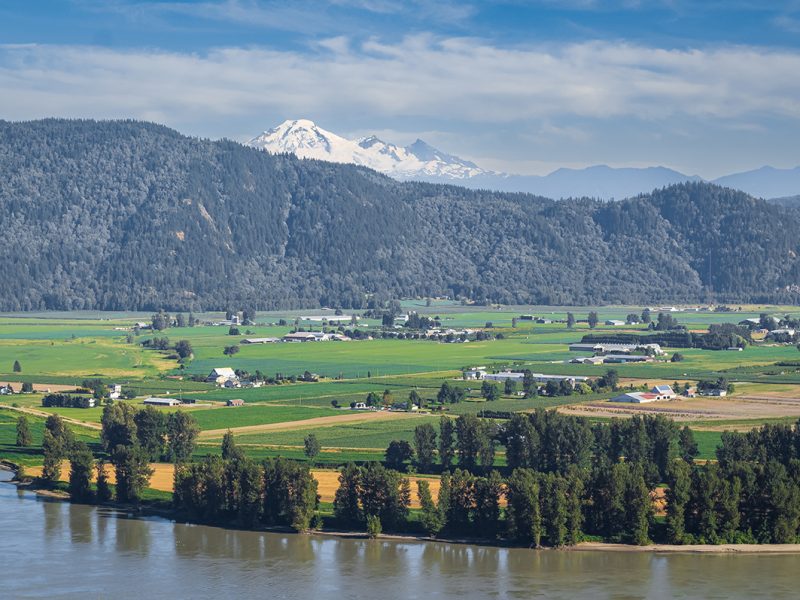BC farmland values fell 3.1% last year, Farm Credit Canada reported this week, the first annual decline since 2010 and the most significant drop since 1998.
The drop was led by the South Coast, where values fell 19.3% to average $112,200 an acre.
This was more than four times the decline reported for the Okanagan, where values fell 4.5% to $32,500 an acre and the Peace, where values realigned to regional norms with a 3.2% decline to $2,100 an acre.
“Once interest rates began to rise in 2022, the market experienced a slowdown with the number of sales dropping significantly,” explained Cody Hall, an appraiser with FCC in Abbotsford. “We did not see prices drop at this time other than a few exceptions. Rather, properties sat on the market longer or were delisted. This continued into 2023, however sellers began dropping prices once they realized peak 2021/22 prices were not longer obtainable.”
The deals done resulted in FCC determining a new baseline value 19% below 2022, making farmland one of the worst-performing land types in the Lower Mainland last year.
An analysis of real estate investment deals by Altus Group indicates that per-acre prices for commercial land in Metro Vancouver fell 6% last year while residential land values increased 25%.
This being said, the spread on pricing increased versus a year earlier.
In 2022, South Coast farm properties transacted at between $93,800 and $250,000 an acre, according to FCC (its analysis excludes the cheapest 5% of properties as well as the most expensive 5%). In 2023, the spread increased with deals ranging from $69,600 to $264,300 an acre.
A case in point is the pricing achieved for 43013 Adams Road, Chilliwack. Online auctioneer CLHbid.com took the 10-acre property with 26,000 square feet of barn space and seven acres in crops to market on February 8.
Bidding began at $2.1 million and sold for $2.75 million to a local dairy farmer looking to expand.
However, the price also represented a 29% discount from the last sale reported to BC Assessment. That deal saw the former owner pay $3.85 million in February 2022.
The decline points to the erosion in equity many dairy farmers are facing, even as interest rates show signs of stabilizing. The lack of sales has also made it tough to determine accurate values, hence the larger spread in pricing.
“You’re seeing the equity erode on a lot of these farms, which makes it doubly hard on the folks that are in a financial pinch,” says Gord Houweling of BC Farm and Ranch Realty Corp., noting that many of the sales taking place are smaller parcels sold as part of deleveraging strategies. “It’s not fun for these guys right now. It’s a lot of stress.”


 Spray Creek wins BC OYF
Spray Creek wins BC OYF